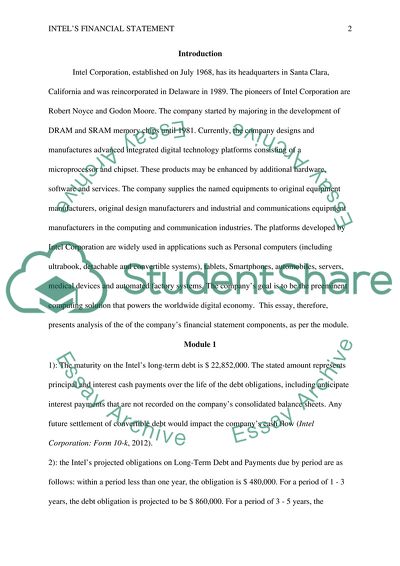Cite this document
(Intel_Financial statement Essay Example | Topics and Well Written Essays - 2000 words, n.d.)
Intel_Financial statement Essay Example | Topics and Well Written Essays - 2000 words. https://studentshare.org/finance-accounting/1822046-intelfinancial-statement
Intel_Financial statement Essay Example | Topics and Well Written Essays - 2000 words. https://studentshare.org/finance-accounting/1822046-intelfinancial-statement
(Intel_Financial Statement Essay Example | Topics and Well Written Essays - 2000 Words)
Intel_Financial Statement Essay Example | Topics and Well Written Essays - 2000 Words. https://studentshare.org/finance-accounting/1822046-intelfinancial-statement.
Intel_Financial Statement Essay Example | Topics and Well Written Essays - 2000 Words. https://studentshare.org/finance-accounting/1822046-intelfinancial-statement.
“Intel_Financial Statement Essay Example | Topics and Well Written Essays - 2000 Words”. https://studentshare.org/finance-accounting/1822046-intelfinancial-statement.


